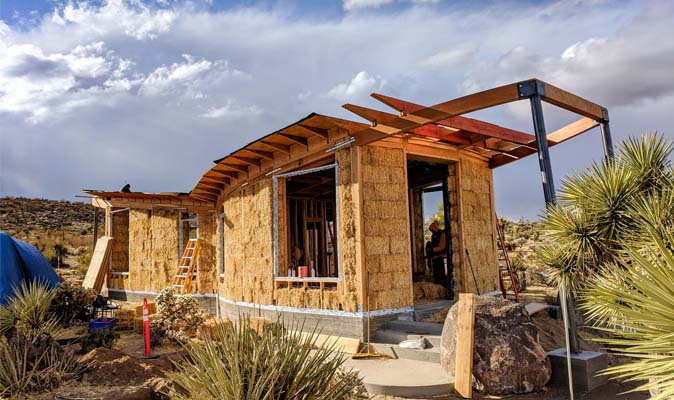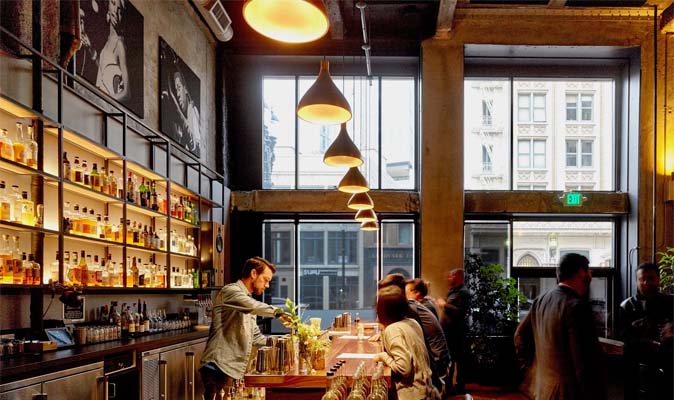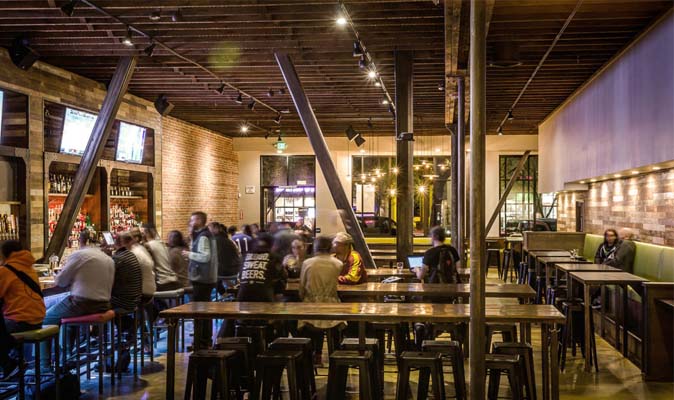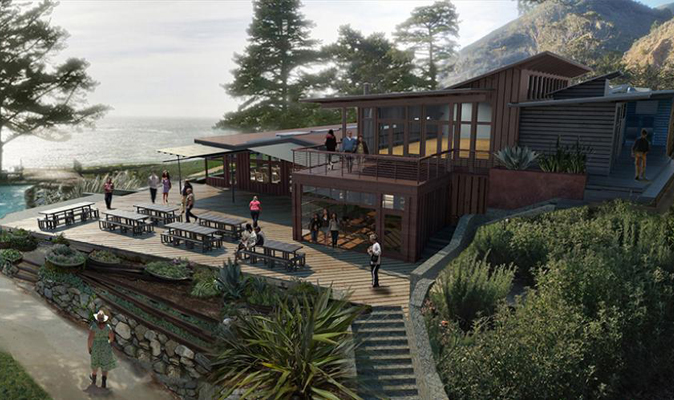











Verdant Structural Engineers (VSE), located on Codornices Creek in Berkeley, is a full service Structural Engineering firm. VSE continues the practice of Kevin Donahue Structural Engineers (KDSE), which began providing engineering services to architects, builders and owners in 2003. We provide structural drawings and calculation materials required for building permit submittals on a wide array of projects, as well as providing building consultation, expert advice and legal testimony.
VSE works on a large variety of projects ranging from home remodels to the new construction of schools, wineries and other commercial and public buildings. We specialize in projects utilizing optimal and efficient use of conventional building materials as well as projects utilizing environmentally sensitive building materials and methods such as straw bale, rammed earth, cob, adobe and bamboo. VSE continues KDSE’s history of working closely with the natural and green building community to develop standards, practices and procedures for green building practices, such as the current Straw Bale Appendix Chapter in the International Residential Code.
VSE practices collaborative design. We work closely with project design and construction teams to understand the project as a complete system, so that project goals are achieved. We balance building efficiency and design elegance with cost and environmental goals. Above all, VSE is sensitive and responsive to clients' needs.
In addition to California, VSE has practiced and is licensed in the following states: Arizona, Colorado, Hawaii, Idaho, Indiana, Maine, Michigan, Minnesota, Nevada, New Mexico, New York, North Carolina, Ohio, Oregon, Tennessee, Texas, Utah, and Washington. We also have pending licenses in Florida, Massachusetts, and Tennessee.
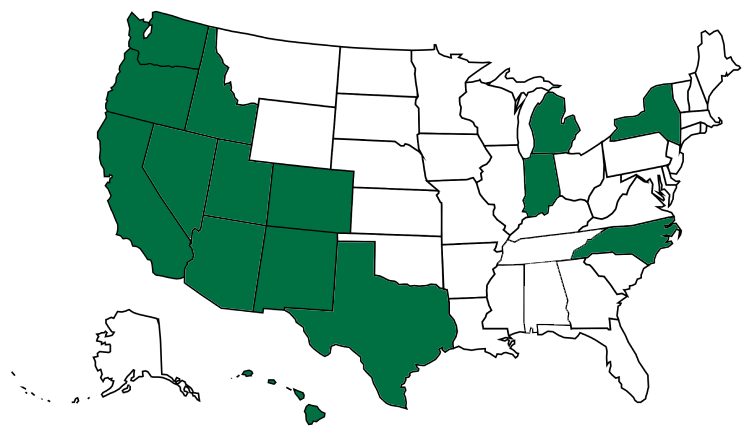

Verdant has joined the SE 2050 Commitment Program, an industry wide movement with the goal to reach net-zero embodied carbon in structural systems by 2050. Learn more about it here.
Discover Essential Cob Construction: A Guide to Design, Engineering, and Building - the ultimate resource for architects, engineers, contractors, and owner-builders interested in harnessing the beauty and sustainability of cob. Pioneered by leading experts Anthony Dente, Michael G. Smith, and Massey Burke, this groundbreaking book combines cutting-edge engineering, practical know-how, and the latest building codes to empower you to create stunning, low-carbon structures using this ancient building material. This book was authored by a principal at VSE, along with the help of others in the office. Copies can be reserved HERE!
VSE has assisted in authorship of a number of recent International Building Code additions and proposed additions for natural building structural systems.
VSE was a contributor the Straw Bale Building Detail book published by the California Straw Building Association (CASBA) earlier in 2019. VSE extends a big thank you to all of those involved. Get your copies HERE!
Kevin is a contributing author to the book Design of Straw Bale Buildings by Bruce King et. al. (Green Building Press, 2006)
Building materials are a major source of climate-warming pollution. Hempcrete, a material made from hemp, could be...Read More
A video on straw bale construction By Patagonia Films featuring VSE employee Massey Burke and long time VSE colleague and friend Bruce King.
Hemp building materials were officially approved in the model US residential building code at a Louisville, KY public hearing overseen by the...Read More
Located on a peaceful street just five blocks from downtown Berkeley, Eric and Miko Gellerman’s three-level, cedar-shingled home has had several...Read More
For the first time, cob construction has been approved for inclusion in an International Code as Appendix U in the 2021 International Residential Code (IRC). Developed by ... Read More
Strawbale construction uses baled straw as stackable blocks in wall systems. Plaster is typically applied to the interior and ... Read More
Part 1 of this article showed that, for in-plane loading, plaster skins on strawbale walls act as cantilevered vertical rectangular sections braced by the straw bales. This differs ... Read More
In August 2014, the strongest earthquake in two decades struck the Bay Area of California, causing hundreds of millions of dollars in damage, killing one person and ... Read More
Making homes out of clay, sand and straw — a material called “cob” — might raise eyebrows in earthquake country, but Bay Area devotees are hoping to gain acceptance for ... Read More
Berkeley native Jessica Tong was not used to the scorching heat she encountered in Hopland, California. While interning at the Solar Living Institute there, the environmental builder ... Read More
THE METRO Toronto Convention Centre, a towering complex of glass, steel, and concrete, is the kind of structure Chris Magwood has spent decades denouncing. Yet the specialist ... Read More
Real Estate Agents Matt Vance and Peter Ashbaugh discovered a rare mid-century modern home in North Berkeley and recognized its potential. The house had been designed by ... Read More


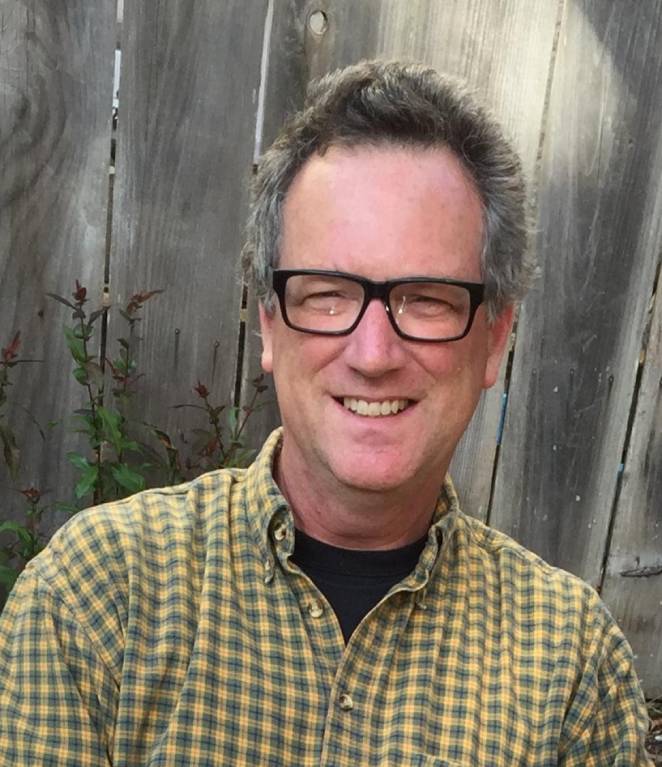


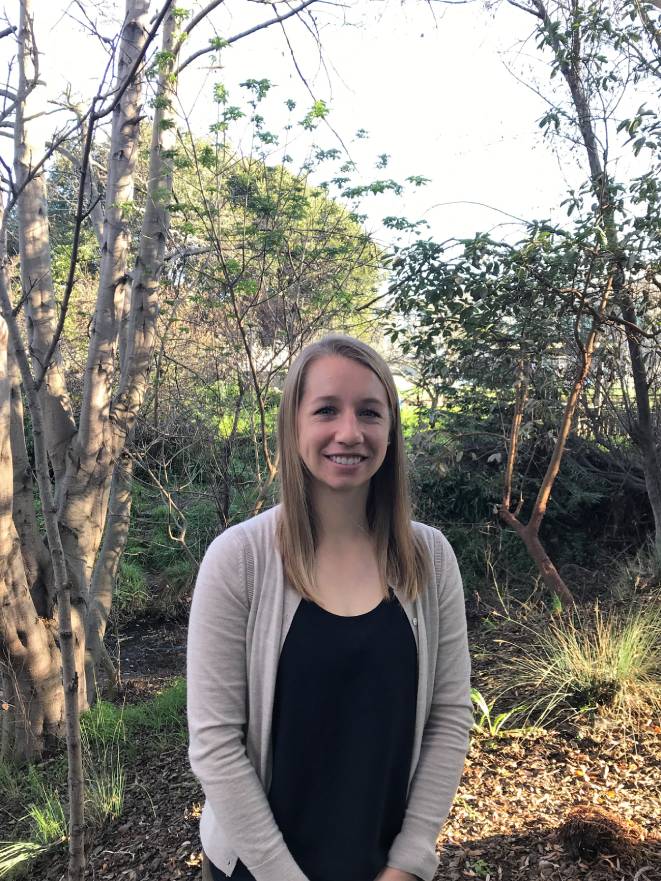
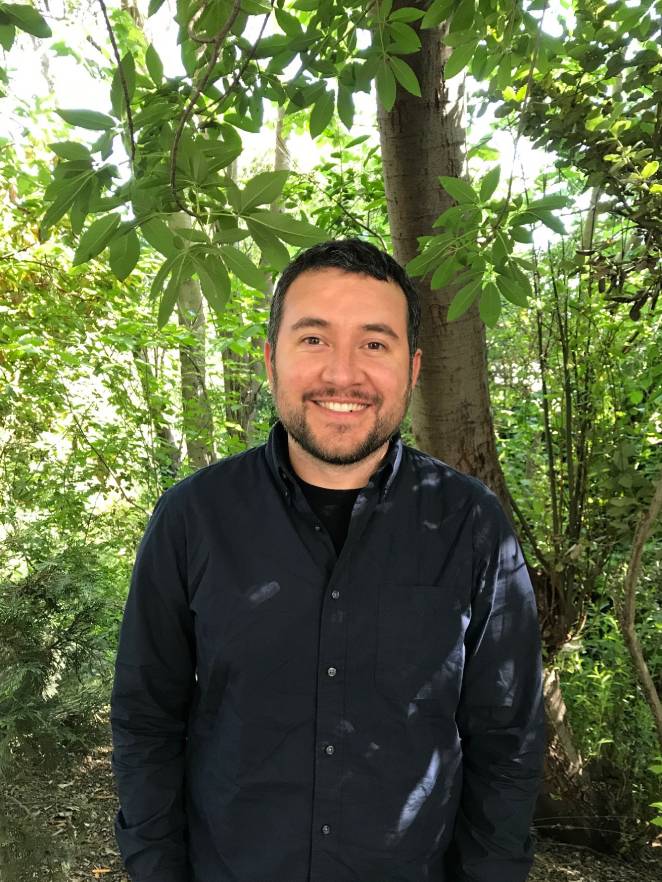

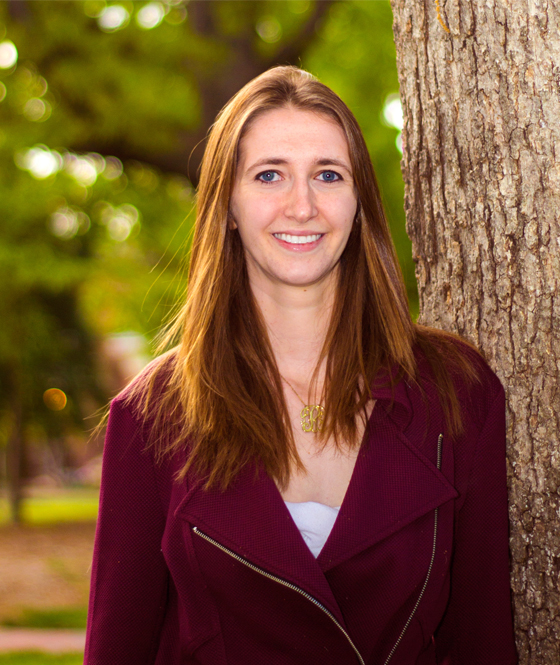




Kevin Donahue has been practicing structural engineering for over 25 years. Kevin’s original background is in mathematics. He earned Bachelor’s degree in Math from Brown University in 1980, and proceeded to branch out into architecture, teaching and music, performing in many well-known Bay Area music venues. He was a visiting lecturer at Cornell University in 1986. In 1989 he earned dual Master’s degrees in Architecture and in Structural Engineering and Mechanics from University of California, Berkeley. Kevin began his structural engineering career with Toft & de Nevers (later Toft, de Nevers & Lee), where he also obtained his Civil and Structural Engineer licenses. Since opening his own office in 2003, he has endeavored to marry the technical with the expressive in his engineering practice, from an interest in working with alternate and “green” building materials, to a collaborative approach to problem solving while working with his architectural and building clients.
Kevin is a contributing author to the book Design of Straw Bale Buildings by Bruce King et. al. (Green Building Press, 2006), is currently serving on a task force of structural engineers and architects charged with introducing straw bale construction to the International Building and Residential Codes, and currently resides happily in Berkeley with his wife and their daughter’s cat.
Anthony Dente, PE, LEED AP, is a licensed engineer and principal at Verdant Structural Engineers (VSE) and Verdant Building Products (VBP) and is the vice president of the Cob Research Institute (CRI), where he is committed to appropriate material use for all structural building systems. Anthony graduated from the Architectural Engineering program at Penn State University and moved to Berkeley, CA to practice structural design and in particular, straw bale structural design, under Kevin Donahue, SE, who is now his fellow business partner at VSE. VSE has designed over 300 structures using natural-building wall systems such as straw bale, adobe, rammed earth, earthbag, and cob. With CRI, he was the lead engineer for the Cob Construction Appendix in the International Residential Code, as well as the Hemp-Lime (Hempcrete) Appendix, both the first of their kind in the US. With VBP, he is project lead for their prefabricated, carbon-storing, straw wall panels which was originally developed under the EPA SBIR grant program.
Anthony recently completed authoring Essential Cob Construction, A Guide to Design, Engineering, and Building with New Society Publishers, currently available for presale and set for release in January 2024. He also contributed to the Straw Bale Building Details book published by the California Straw Building Association (CASBA). He is also on the advisory board of the Last Straw Journal.
Anthony is a member of the TMS Modular Unfired Clay Standards Committee developing the much-needed contemporary adobe and CEB building code and was a working group member for the development of the first low carbon concrete building code, which was commissioned by Marin County, and organized by the Embodied Carbon Network and the Ecological Building Network. Dente has advised, designed, and collaborated on numerous university research programs testing the structural behavior of natural materials, and writes and lectures extensively about appropriate use of environmentally sensitive building materials.
Anthony believes that by supporting appropriate documentation and code development of environmentally sustaining options, the building community will have the tools to design against the hazards of environmentally destructive construction as effectively as it designs against other safety hazards in the building code.
On a parallel track to his green building work, Anthony previously fronted and managed a semi-touring folk rock band, One Grass Two Grass, for a 6 year span playing the fiddle and singing. They released 3 albums during that time that are available on streaming platforms.
Dente was recognized by the Constellation Prize for his Sustainable Engineering Practice, and he continues as a visionary and leader in the natural and low carbon building fields. He lives in the San Francisco Bay area of California where he enjoys life as the father of twin toddlers.
Starting her engineering career on the East Coast, Kelsey worked on a variety of structures including a space shuttle launch pad, bridges, and dams. Since moving to California in 2014, she has focused her career on structural engineering of residential and commercial buildings, merging the skills needed to design for California-specific seismic loading with the ability to support the vision of architects and designers. She has always been inspired by sustainable design, and is excited to be a part of VSE’s work in the green building community. Kelsey holds a B.A. in economics from Mount Holyoke College, a Bachelors of Engineering from Dartmouth College, and a Masters of Engineering from Tufts University. She is a licensed Civil Engineer in California. Outside of work, Kelsey enjoys crafts like cooking, sewing, and knitting, as well as running and hiking around the Bay Area.
Wilzen earned his Bachelor's in Civil Engineering from UC Berkeley, with a minor in Sustainable Design. Since joining Verdant in 2016, he has worked on a wide range of projects throughout the Bay Area, from ADUs and kitchen remodels to soft-story retrofits in San Francisco and an Olympic sized horse arena. Some of his favorite work includes the Lawrence Hall of Science Outdoor Nature Lab, the Girl Scouts Camp Bothin Innovation Center, and UC Berkeley’s Tropical Greenhouse. With a background that blends sustainable design principles and hands on engineering, Wilzen brings a creative and practical approach to each project.
Outside of work, you will probably find him working on a DIY project, learning a new magic trick, playing guitar or violin, or watching the Padres, Chargers, or Lakers. Born and raised in California with Filipino roots, he brings a strong work ethic and adaptability to everything he does. He firmly believes in being a lifelong student and is always looking to learn something new. Just as importantly, he enjoys making structural concepts approachable and is always willing to share what he knows.
Colt’s life in engineering has advanced from Legos and blanket forts to concrete canoes and steel bridges while pursuing a structural engineering degree at University of California, San Diego and working as a research assistant at Scripps Institution of Oceanography.
Colt has always been interested in the connections between environment, resources, and the built environment. Following these interests, Colt pursued a Master’s degree program in Natural Hazard Management in Taiwan and developed a healthy respect for the complexity of our dynamic world. After completing the program, Colt found a home at Verdant Structural Engineers where he strives to develop as an engineer and advocate for more sustainable materials and design. In particular, he enjoys the challenge of finding avenues to incorporate rapidly-renewable materials into conventional construction (such as: straw-panels, earthen blocks, and prefab elements), in order to make common sense alternatives more palatable, cost neutral, and eventually more widespread.
When not doing his best for the company and clients, Colt may be found on a bicycle, learning printmaking, or watching with fascination as his dog (part goat?) grazes on tall grass.
At a young age Jill’s grandfather would bring her into his office to teach her about civil engineering at his own residential design practice. He would show her plans, run through calculations, and bring her to project sites. Ever since, she has had a connection and passion for residential design.
Jill graduated from California Polytechnic State University, San Luis Obispo in 2014 with a Bachelor of Science degree in Civil Engineering and recently received her LEED Green Associate certification. Since working for Verdant Structural Engineers, her excitement for residential/commercial design and using sustainable materials for structural engineering has grown. She was able to see one of her straw bale projects come to fruition and witness the green building community come together to help in the construction of the straw bale house.
In her spare time, Jill enjoys taking fitness classes, going on hikes with her dog and husband, embroidery, and baking bread.
Francisco is originally from Chile, where he studied Civil Engineering at the Pontificia Universidad Catolica de Valparaiso. He became interested in engineering in high school while learning woodworking. His passion for residential projects started when he helped his father remodel his childhood home.
Before coming to the United States, Francisco worked as a Teaching Assistant for seismic engineering courses at the Pontificia Universidad Catolica de Valparaiso. He has always been interested in seismic design, inspired by personal experience in Chile, which is known for its seismic activity and the high intensity of its earthquakes. He saw firsthand the impact of these earthquakes on structures while inspecting damaged buildings in his role as Technical Assistant with his alma mater.
After moving to the United States, Francisco continued to work towards a career in engineering. He is very excited to have found a home at Verdant Structural Engineers, where he can perform structural design with alternative and sustainable building materials.
Since joining Verdant, Francisco has worked on several single-family home projects, mainly in wood and straw bale. One of the most engaging projects he's worked on is a house in Ocotillo, Yucca Valley, for which he engineered elements that satisfied both the architect and contractor's requirements while finding specific solutions given the availability of materials in the area.
Francisco also designed and modeled the structural elements for a prototype building case study for Alameda County, the “East Bay Carbon Storing Building.” A team of professionals in the construction field analyzed the multiple iterations he designed. Through their analysis of his designs, they were able to identify the best strategies to store and reduce the carbon emissions of the building.
In his spare time, you can find Francisco (his friends call him Pancho) enjoying the outdoors, hiking, kayaking, and fishing around the Bay Area with his dog and wife.
Nora graduated from California Polytechnic State University, San Luis Obispo with a Bachelor of Science degree in Architectural Engineering and a minor in Dance. She earned a Master of Science degree in Civil Engineering from University of California, Los Angeles.
Nora started her career as a design engineer working on residential and commercial structures in Southern California. She also worked as an Adjunct Engineering Instructor for the Los Angeles Community College District.
After moving to the East Bay, Nora taught at Contra Costa College for a semester before joining the Verdant team in 2019. At Verdant, Nora has worked on residential and commercial projects and a custom straw bale house in the Sierra foothills. In 2021, she helped Verdant join the SE2050 Commitment Program, which aims to prioritize the reduction of embodied carbon by using less impactful structural materials, and has the goal of eliminating embodied carbon in structural design projects by 2050. Nora serves as the Embodied Carbon Reduction Champion (ECRC) and is working on Verdant’s Embodied Carbon Action Plan.
In her spare time, Nora enjoys birdwatching, looking for treasures at thrift shops, and exploring the Bay Area.
Rachel graduated from the University of North Carolina, Chapel Hill in 2014 with a BA in Environmental Studies with a minor in City Planning. She is currently pursuing a dual Master of Architecture and Structural Engineering at UC Berkeley. Rachel has always had an interest in the role of renewable materials and passive design in solving sustainability challenges and creating healthy spaces. She is excited to be working at VSE where she can contribute to the development of green materials and systems.
In her spare time, you can find Rachel exploring local shops and cafes, and hiking with her small-sized-big-energy dog.
Rachel's love of design and curiosity about the built environment led her to structural engineering. Natural building piqued her interest during undergrad at Swarthmore College, where she researched earthbag building. She worked as a timber frame carpenter before earning her master's in structural engineering at UC Berkeley. Working with VSE, Rachel is relishing the opportunity to blend passion, applied building experience, and engineering knowledge to deliver exceptional construction detailing. Her past experience includes new construction, conceptual development of prefabricated structural systems, seismic retrofit of existing buildings, and sculptural support and exhibit design.
Beyond work, Rachel enjoys biking around the beautiful Bay Area, whittling spoons, playing with clay, and cooking elaborate meals with friends.
Rachel is a licensed civil engineer in the state of California.
After completing her B.S. in Civil Engineering from University of Texas at Austin, Holly began her engineering career in downtown Austin where she designed office, retail, hotel, and industrial type buildings. She also gained experience in land development, engineering retention ponds and designing neighborhoods. After working in Austin for five years, Holly moved to the Bay Area in 2017 and quickly jumped into learning all the wonders of seismic design. Her experience in California includes data center, retail, and residential structures.
Holly has always had an interest in natural building, which amplified after learning about and visiting Earthships in Taos, New Mexico. She has since attended natural building meetings and workshops within Austin to learn more. In the Bay Area, Holly hoped to find a similar community and was excited to come across CASBA. She has since started attending their workshops.
Holly is thrilled to work for a company that focuses on the environmental impact of our work and likewise to collaborate with clients, architects, and contractors who have a similar mindset. Holly is a licensed Civil Engineer in California, Texas, Colorado, and Utah.
On the weekends, Holly typically enjoys hiking, tending to her house plants, and going on promenades with her two cats.
Massey Burke is the co-director of the California Straw Building Association and a natural materials design/build consultant in the San Francisco Bay Area. She works on research, design, and implementation of natural, low-carbon and carbon-sequestering building techniques, with a specific interest in supply chains and bringing natural building materials into the urban fabric. She helps clients, architects, and contractors design for and manage construction with natural materials, and she partners with organizations including Arup, StopWaste, and the Carbon Leadership Forum to generate technical information and help remove barriers to scaling up natural, carbon sequestering building methods.
Ellie graduated from the University of California Berkeley with a Bachelor's degree in Civil Environmental engineering. Her interest in engineering started from loving math and building large scale interactive art sculptures. Since working at Verdant she has enjoyed designing structures using both conventional and alternative building materials and being a part of the natural building community.
When not behind a computer she fills her time with lyra (aerial hoop), soldering LEDs, and cuddling with her cat Meatball.
Looking for a career opportunity? Submit your resume here :
1101 8th St. #180, Berkeley, CA (510)528–5394 admin@verdantstructural.com


